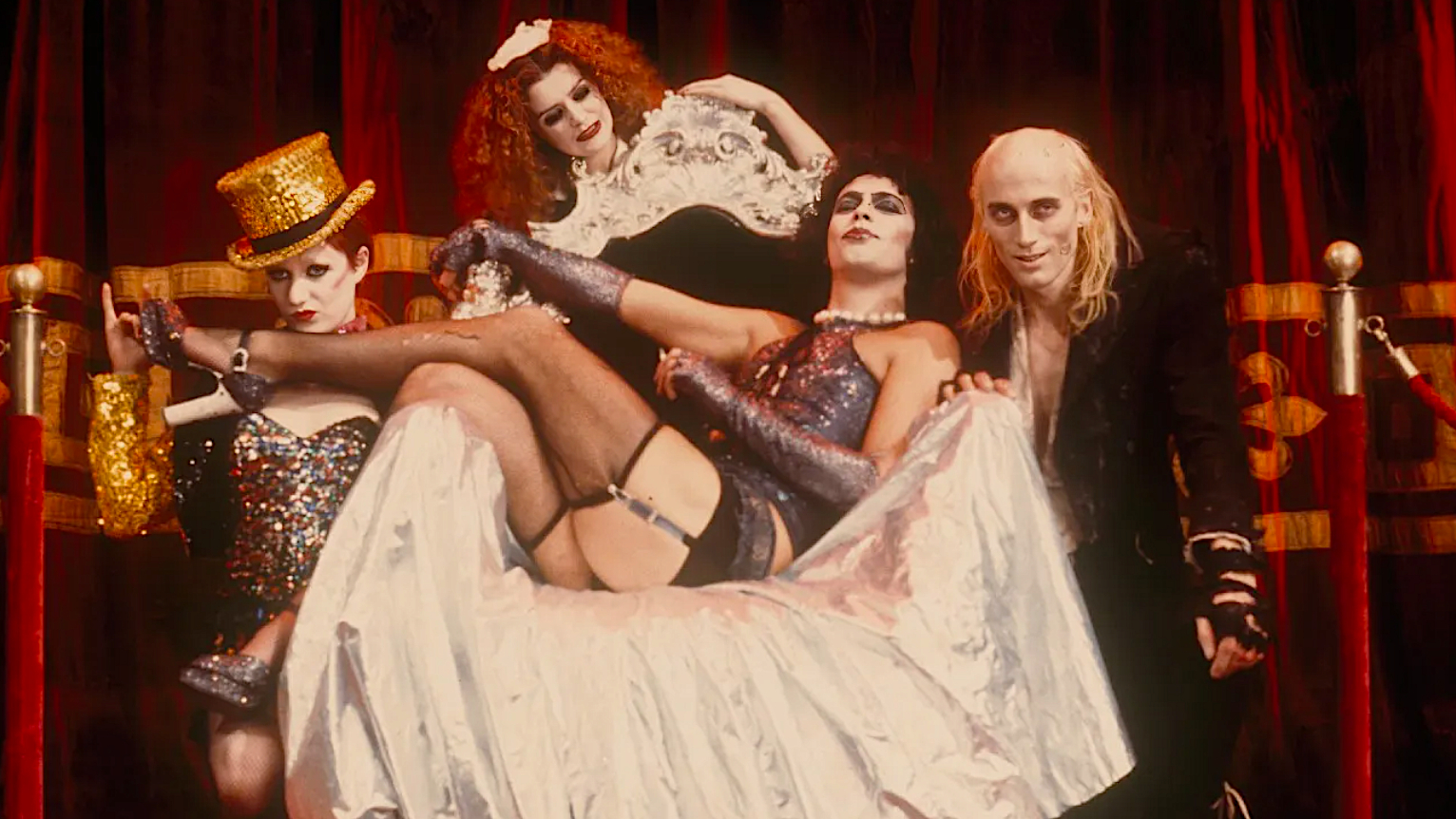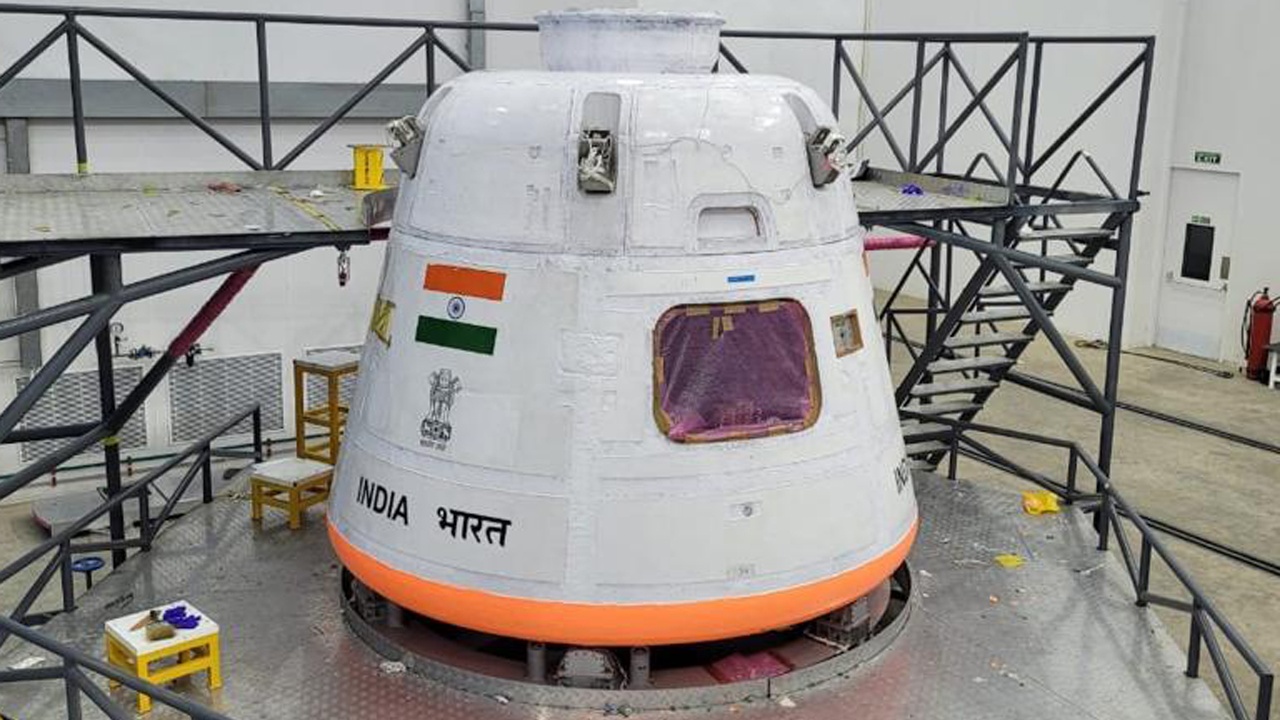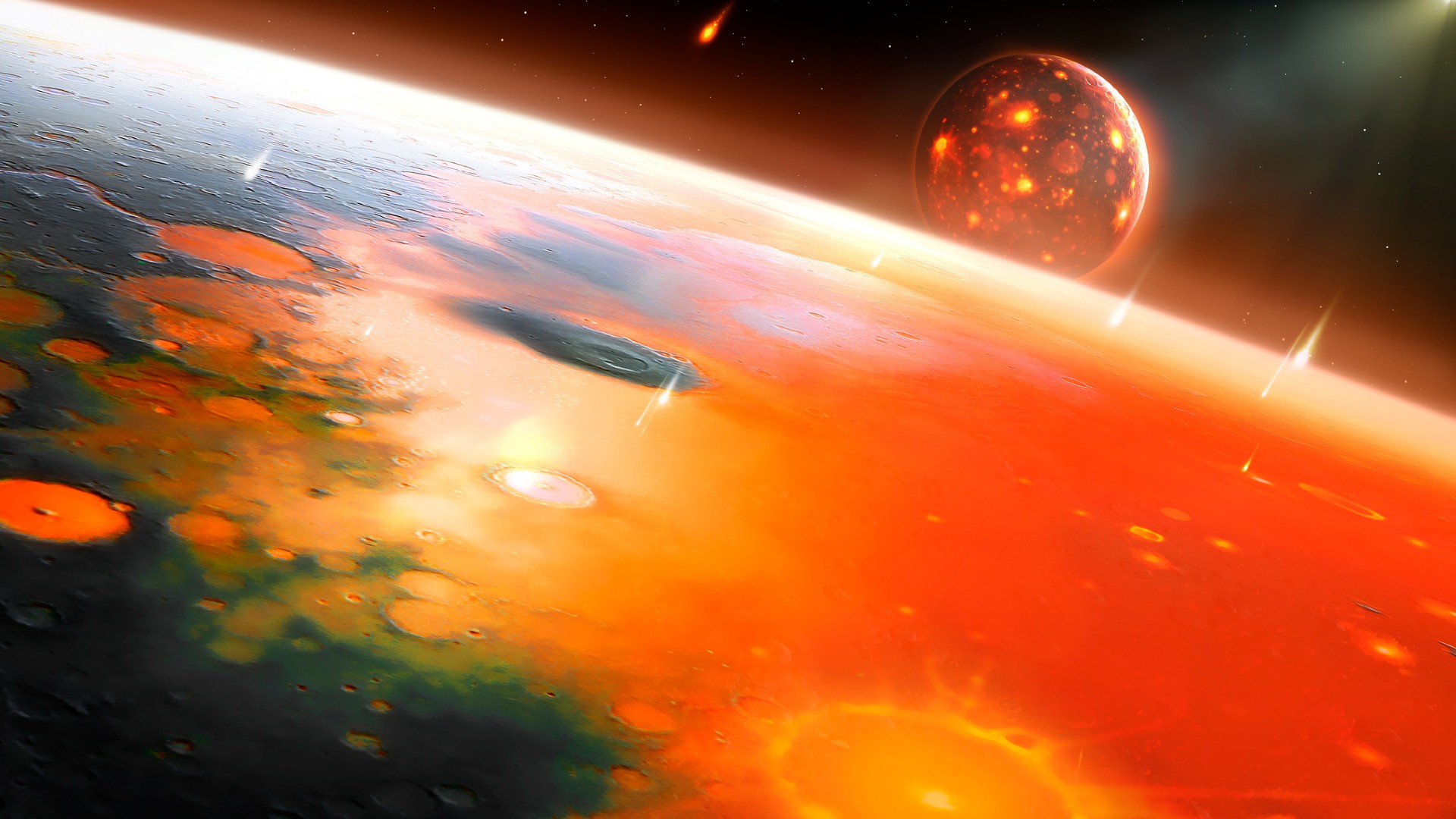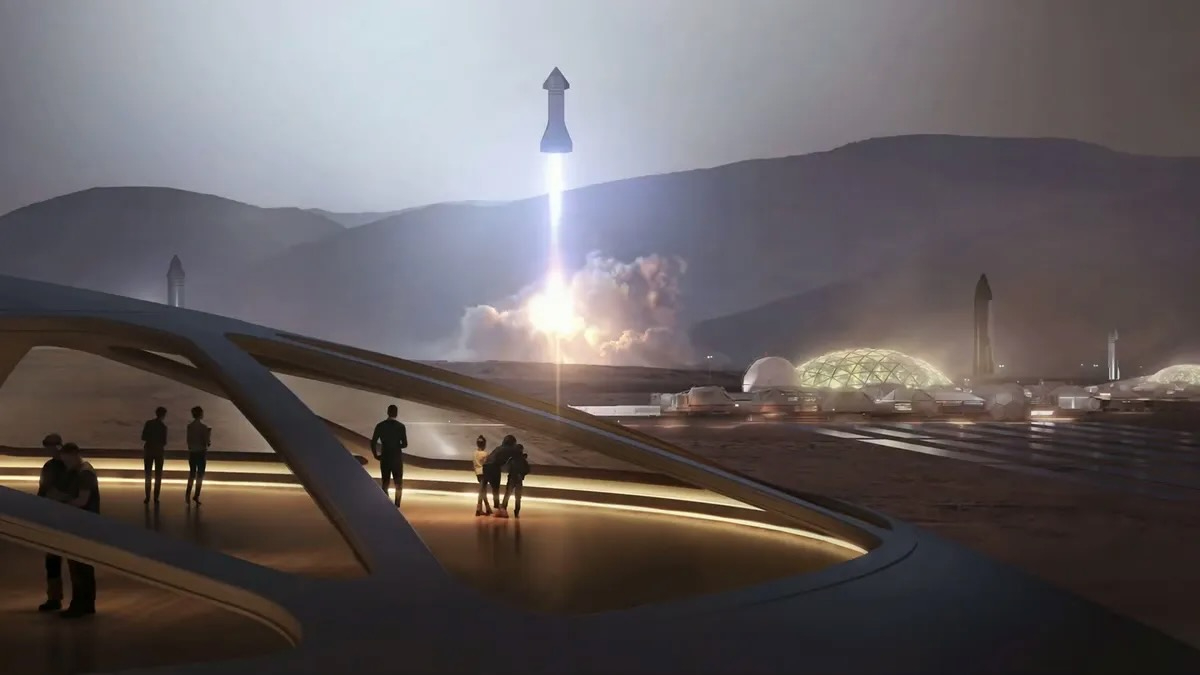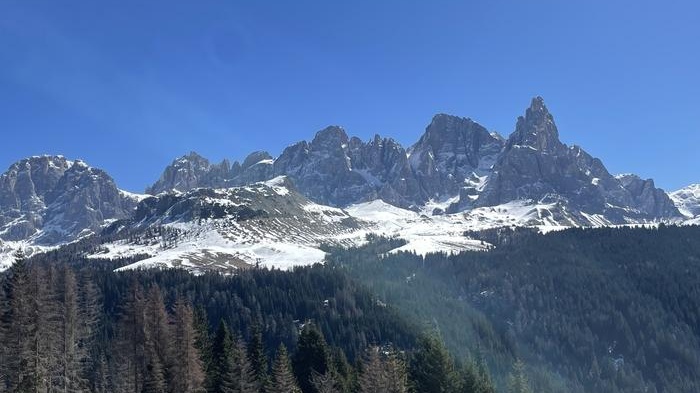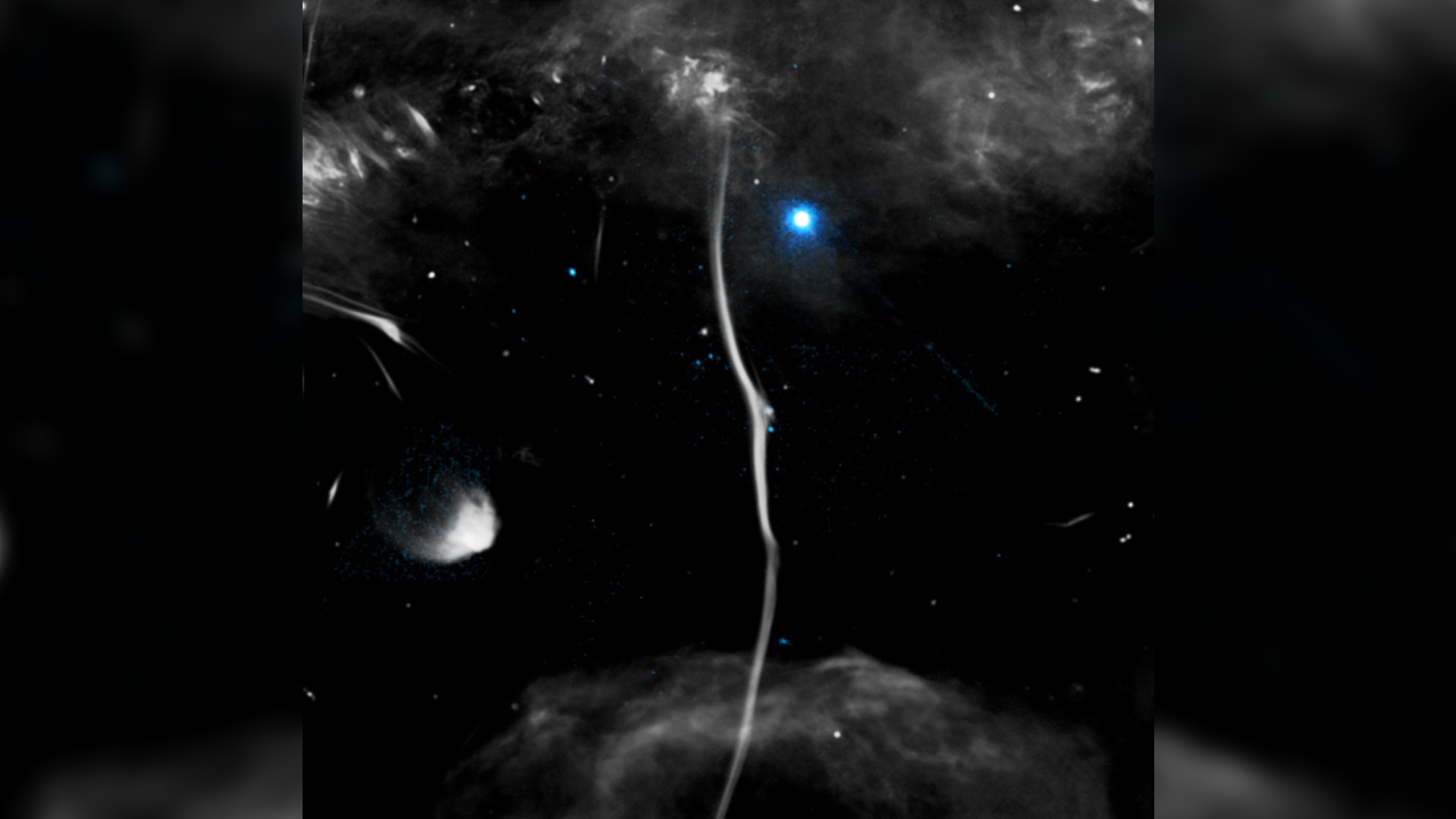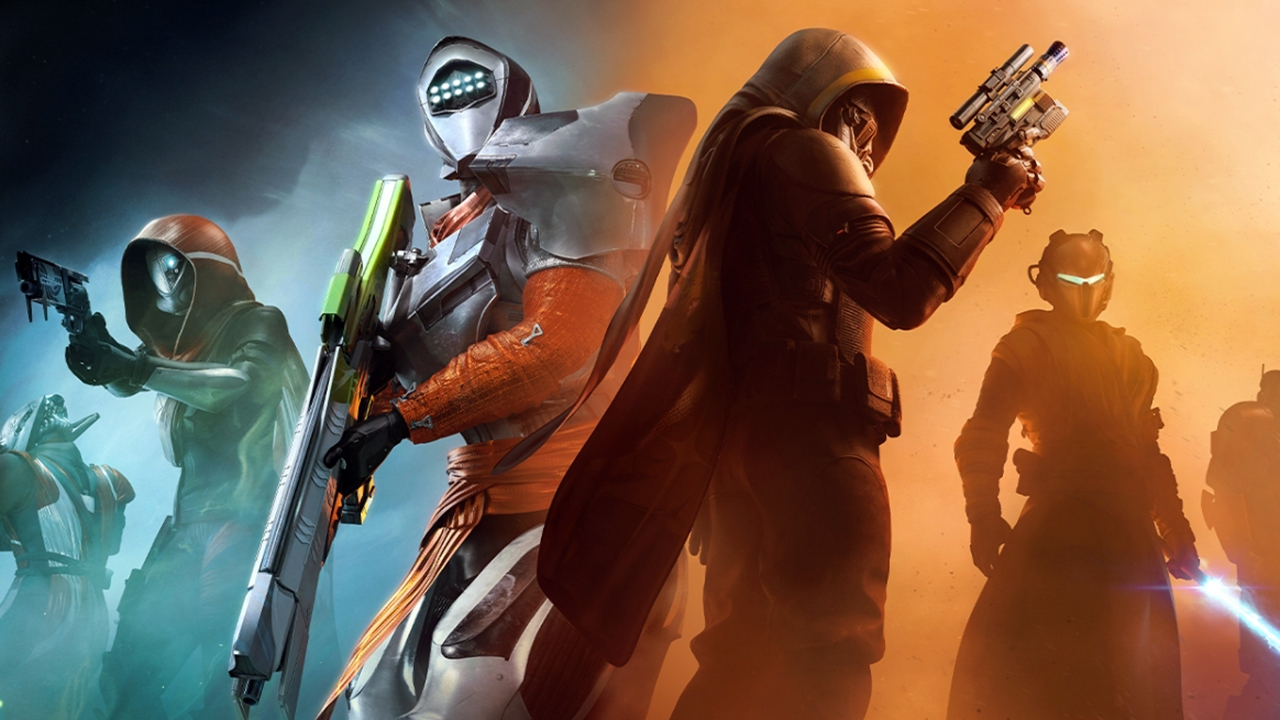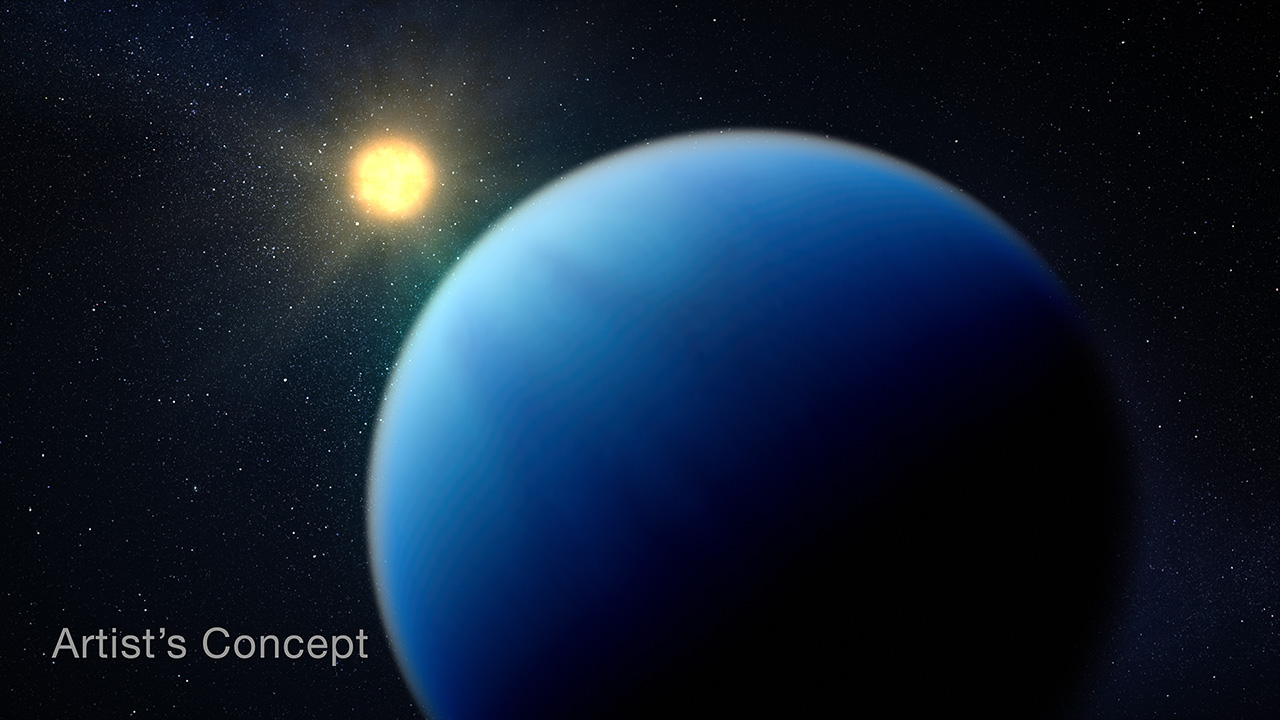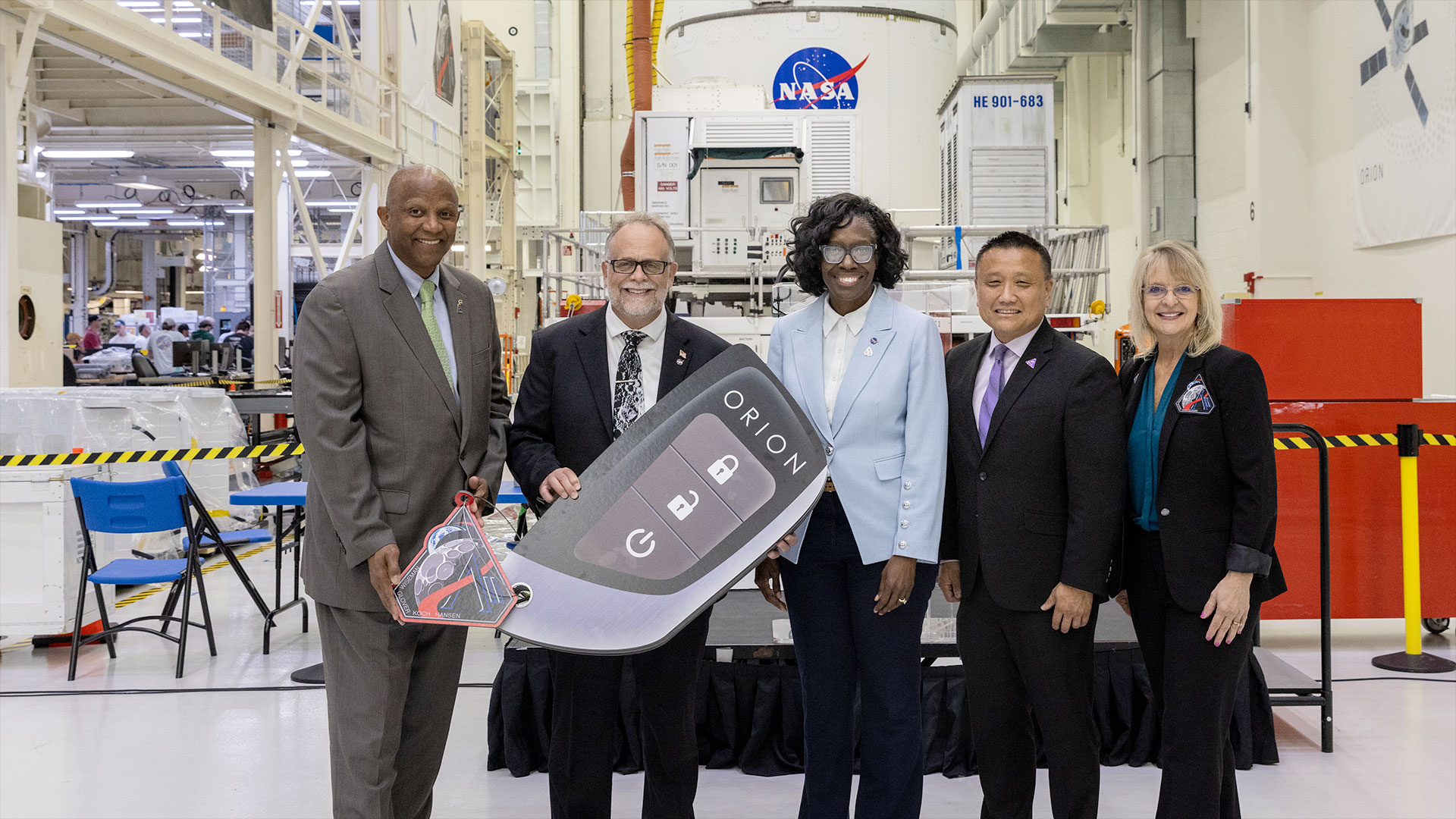Harvest Moon tonight! See the full moon rise near Jupiter and Neptune (Sept. 10)
The full moon will be joined by a few guests when it rises.
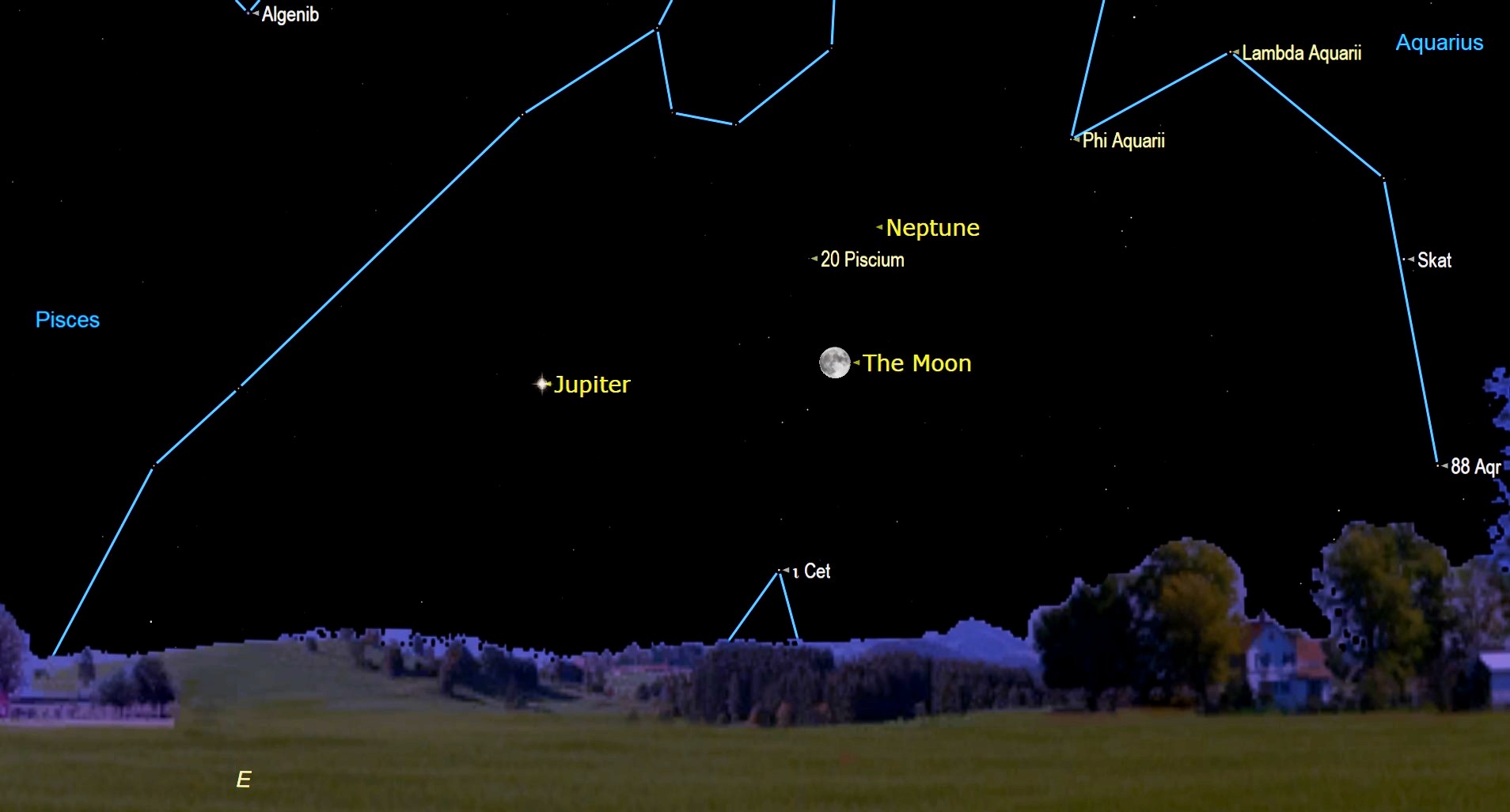
The full moon will be joined in the night sky by Jupiter and Neptune on Saturday (Sept. 10).
The full moon will be visible at 5:58 a.m. EDT (0958 GMT) on Saturday (Sept. 10). The moon is visible for most of the night at this time of the month, rising close to dusk and setting just before dawn. The moon officially becomes a full moon when it appears in the sky fully opposite (180 degrees from) the sun.
September's full moon is also called the Harvest Moon in the Northern Hemisphere, as this full moon falls near the autumnal equinox, which traditionally marks the beginning of the harvest season. The full moon this month will also appear in the sky close to two of its celestial companions in our solar system, Jupiter and Neptune.
Related: Harvest Moon 2022: When and how to see September's full moon
Jupiter will appear particularly bright this month because it is at opposition, meaning Earth is between the giant planet and the sun. Jupiter will be bright enough throughout the month to be visible with the naked eye, but will provide a spectacular sight through binoculars or a backyard telescope. Jupiter will appear around 8 degrees to the left of the moon at midnight, then shift to roughly 6 degrees above the moon by 5:47 a.m. EDT (0947 GMT), according to NASA Science's Daily Skywatching Guide. (A fist at arm's length corresponds to roughly 10 degrees in the sky.)

Looking for a telescope to see the full Harvest Moon? We recommend the Celestron Astro Fi 102as the top pick in our best beginner's telescope guide.
Neptune will also appear in the sky, although the distant ice giant will not be nearly as bright and visible as Jupiter. Neptune will rise just after 10:00 p.m. EDT (0200 GMT on Sept. 11) and will travel westward throughout the sky towards the southeastern stars of the Aries constellation. The planet will be around 4.5 degrees northwest of the moon, but another way to spot Neptune will be to look for the medium-bright star 20 Piscium a few finger widths above the moon; Neptune will be just to the west of it.
Neptune will be somewhat faint with a magnitude of 7.8, and the bright full moon will make it even more difficult to view; Neptune will be somewhat brighter on the following nights and will be at its brightest when it reaches opposition on Friday, Sept. 16.
Get the Space.com Newsletter
Breaking space news, the latest updates on rocket launches, skywatching events and more!
You can check out our guides for the best binoculars and the best telescopes to spot the Harvest Moon, Jupiter, Neptune or any other celestial objects in the night sky. If you're hoping to capture a good photo of the moon, check out our recommendations for the best cameras for astrophotography and best lenses for astrophotography.
Editor's Note: If you snap a photo of the Harvest Moon near Jupiter and Neptune and would like to share it with Space.com's readers, send your photo(s), comments, and your name and location to spacephotos@space.com.
Follow Brett on Twitter at @bretttingley. Follow us on Twitter @Spacedotcom or on Facebook.
Join our Space Forums to keep talking space on the latest missions, night sky and more! And if you have a news tip, correction or comment, let us know at: community@space.com.

Brett is curious about emerging aerospace technologies, alternative launch concepts, military space developments and uncrewed aircraft systems. Brett's work has appeared on Scientific American, The War Zone, Popular Science, the History Channel, Science Discovery and more. Brett has English degrees from Clemson University and the University of North Carolina at Charlotte. In his free time, Brett enjoys skywatching throughout the dark skies of the Appalachian mountains.
